Some users have been unable to install the KB5005033 update that was released in August of this year. Upon trying to update, users are shown the “There were problems installing some updates” error message. While the error code differs depending on the situation, the reason people are not able to install the KB5005033 update can vary which includes the update services not running as well as malfunctioning Windows update components. The KB5005033 update is basically a security patch that fixes some gaming problems along with an issue where users were not able to print documents properly because of an error message showing.
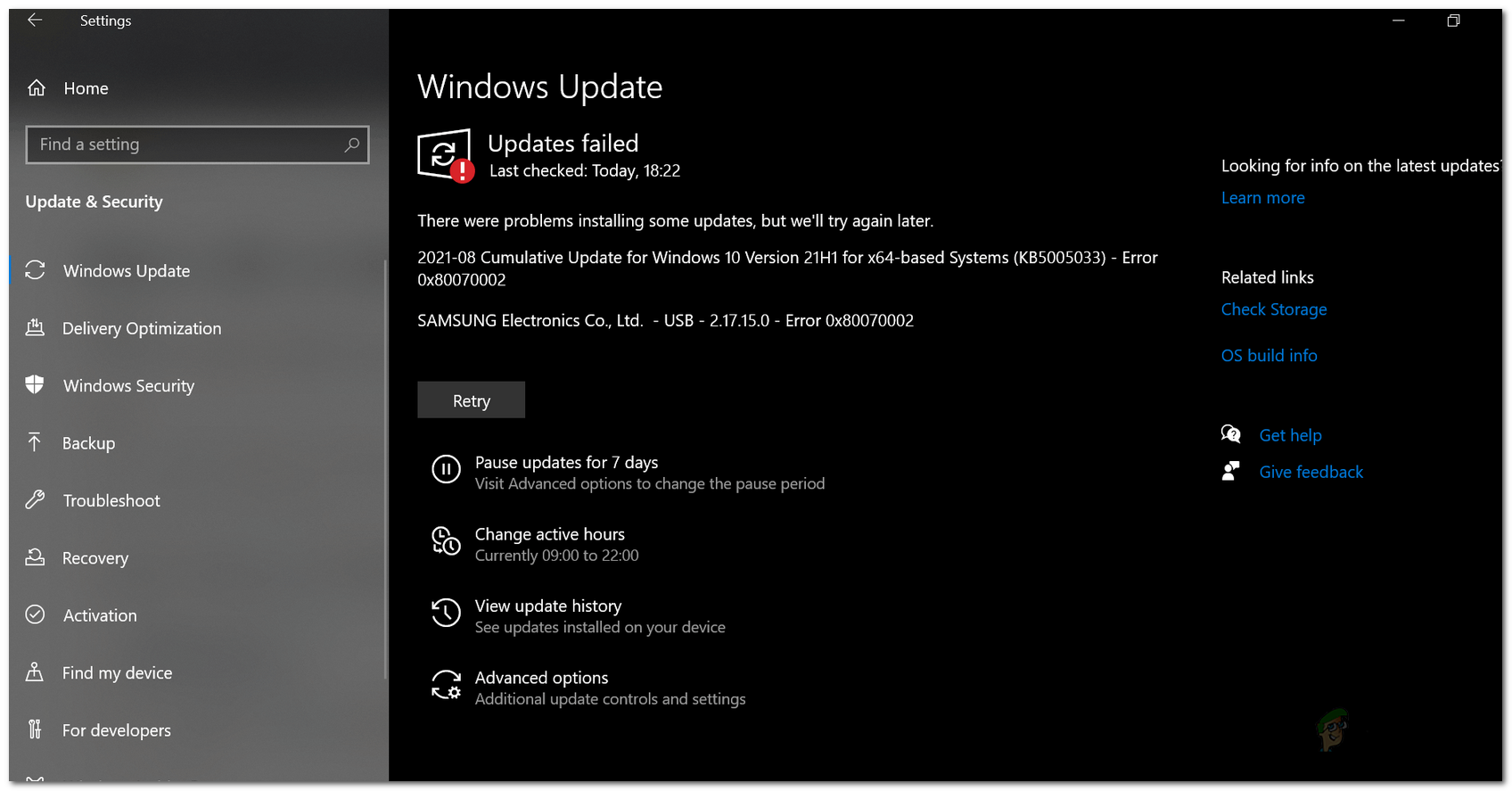
As it turns out, Windows updates are really important as they often contain security fixes as well as feature improvements that might be deemed necessary by some of your daily applications. The update process is usually hassle-free, with a simple click and you don’t have to worry about anything, however, at times, you can run into several issues where Windows won’t install or download updates. More often than not, you can easily get around the said issues and the same is the case for the one that you are facing here. As we mentioned, the main reasons that you might encounter this issue is when the update components on Windows or the services are not running properly.
In addition to that, this specific issue is reportedly also caused by the Internet Explorer feature on your operating system so you might have to disable that in order to get around it. However, with that said, let us get into showing you how to solve the problem in question so just follow through and you should be good to go in no time. Let us get started without any further delay.
Run Windows Update Troubleshooter
The first thing that you should do when the KB5005033 update won’t install for you is to run the built-in Windows update troubleshooter. Windows 10, like the previous versions, comes with basic built-in troubleshooters that can sometimes help you resolve issues on your machine. While they are not usually successful at circumventing the problem, they can at times detect something small that might be causing the problem which would normally slip your eye. With that said, follow the instructions given down below to use the Windows update troubleshooter:
- First of all, open up the Settings app by pressing the Windows key + I combination on your keyboard.
- Then, on the Settings app, navigate to Update and Security.
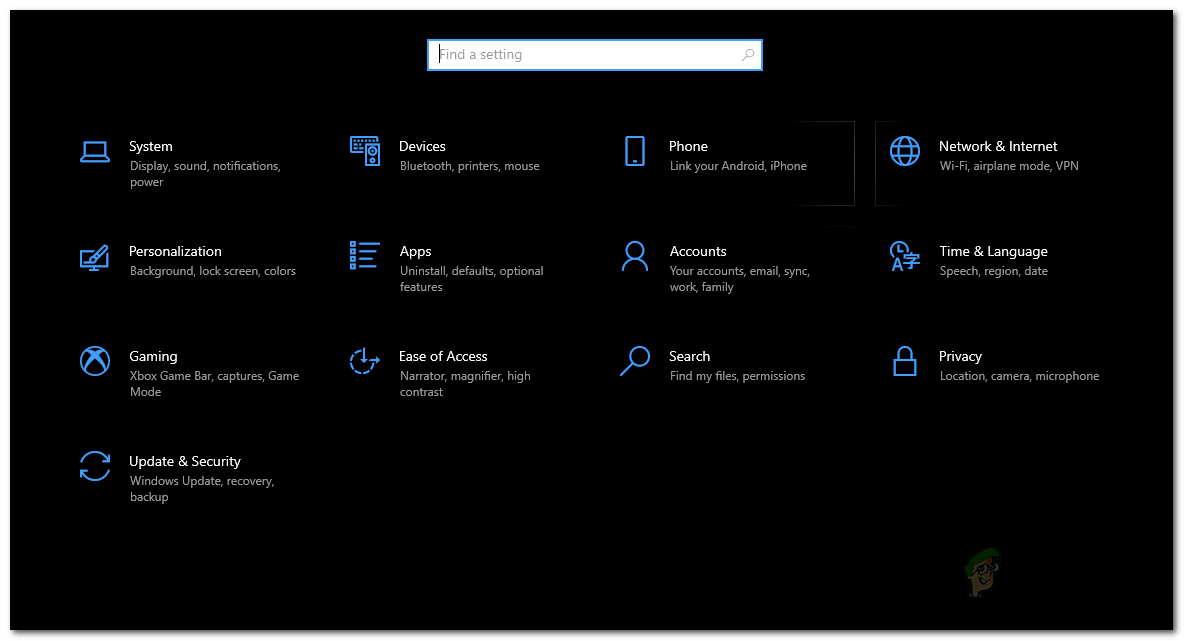
Windows Settings - There, on the left-hand side, switch to the Troubleshoot tab.
- Click the Windows Update option to run the troubleshooter. However, if you are not sending diagnostic data to Microsoft, you will not see the troubleshooters listed here.
- Therefore, click on the Additional troubleshooters option instead.
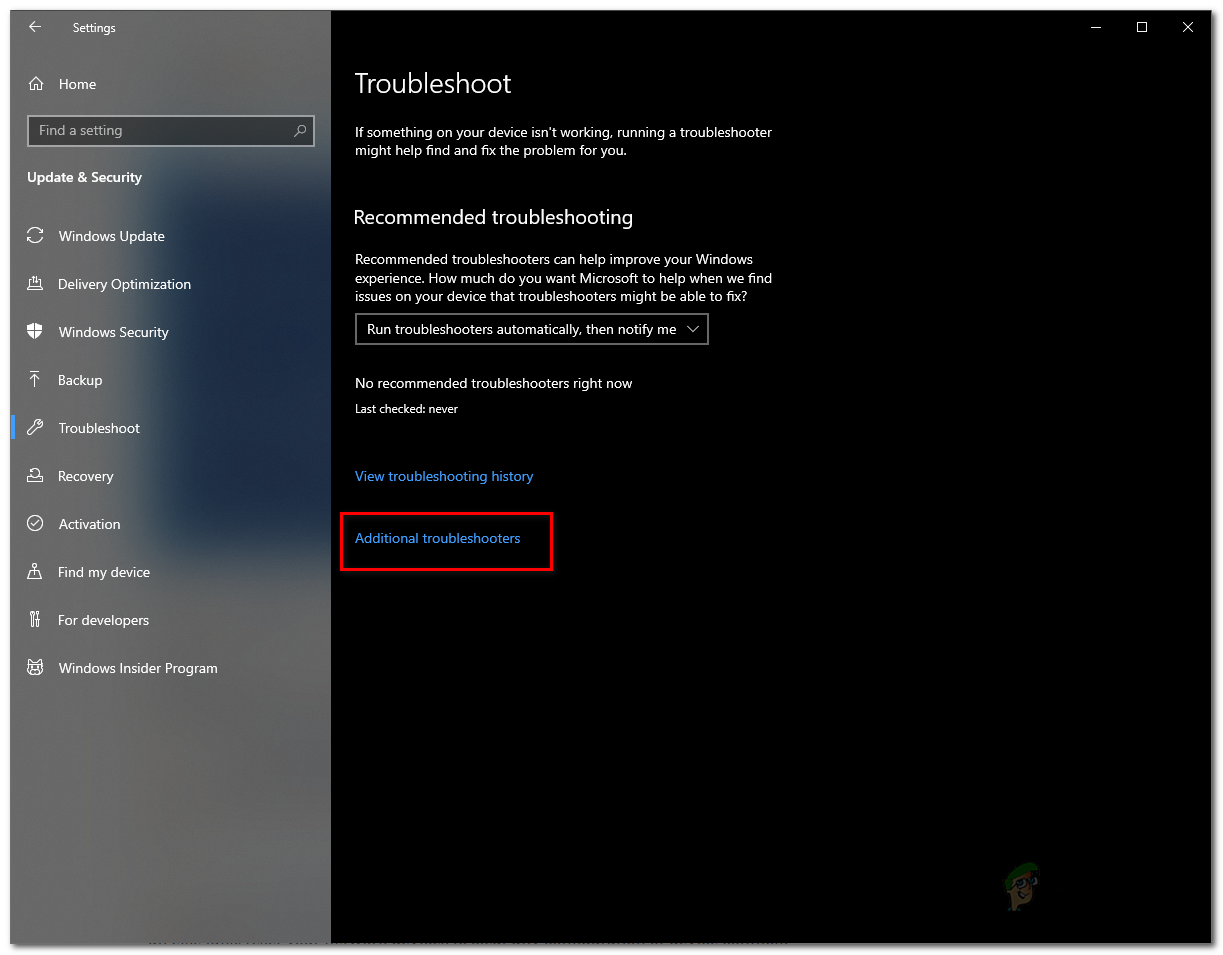
Opening Additional Troubleshooters - Once there, click the Windows Update option to finally run the troubleshooter.
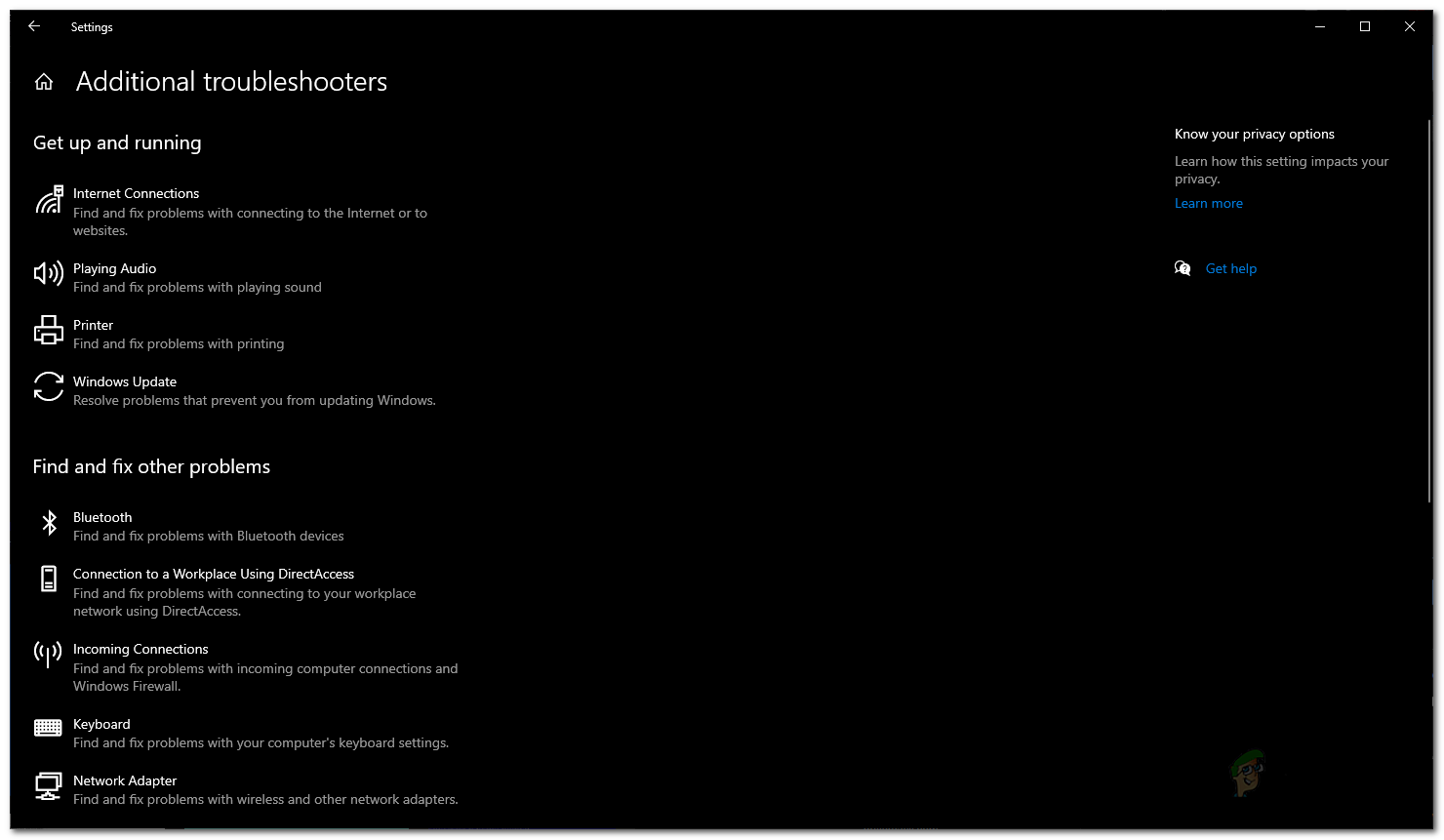
Running Windows Update Troubleshooter - Wait for it to scan for any issues. Once found, it will try to fix them.
- In case your troubleshooter doesn’t find any issues, move onto the next method down below.
Start Windows Update and BITs Services
As it turns out, one of the reasons that you might be facing an issue with the updates not installing properly could be due to the required services not running. In order for the Windows update to work properly, there are some services in the background that need to be running. This includes Windows Update service and Background Intelligent Transfer Service. Both of these services are responsible for running Windows update on your system, therefore, if they are not running, you won’t be able to update your system. To start the services on your system, follow the instructions given down below:
- First of all, open up the Run dialog box by pressing Windows key + R.
- Then, once the Run dialog box opens up, type in services.msc and then hit the Enter key.
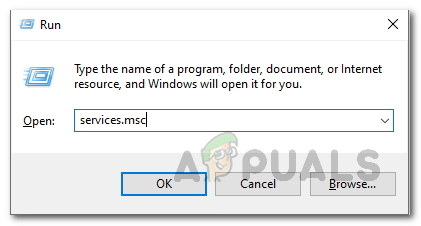
Opening Windows Services - Once the Services window is open, you will be able to see a list of all the services on your system.
- From the list, locate Background Intelligent Transfer Service and Windows Update service.
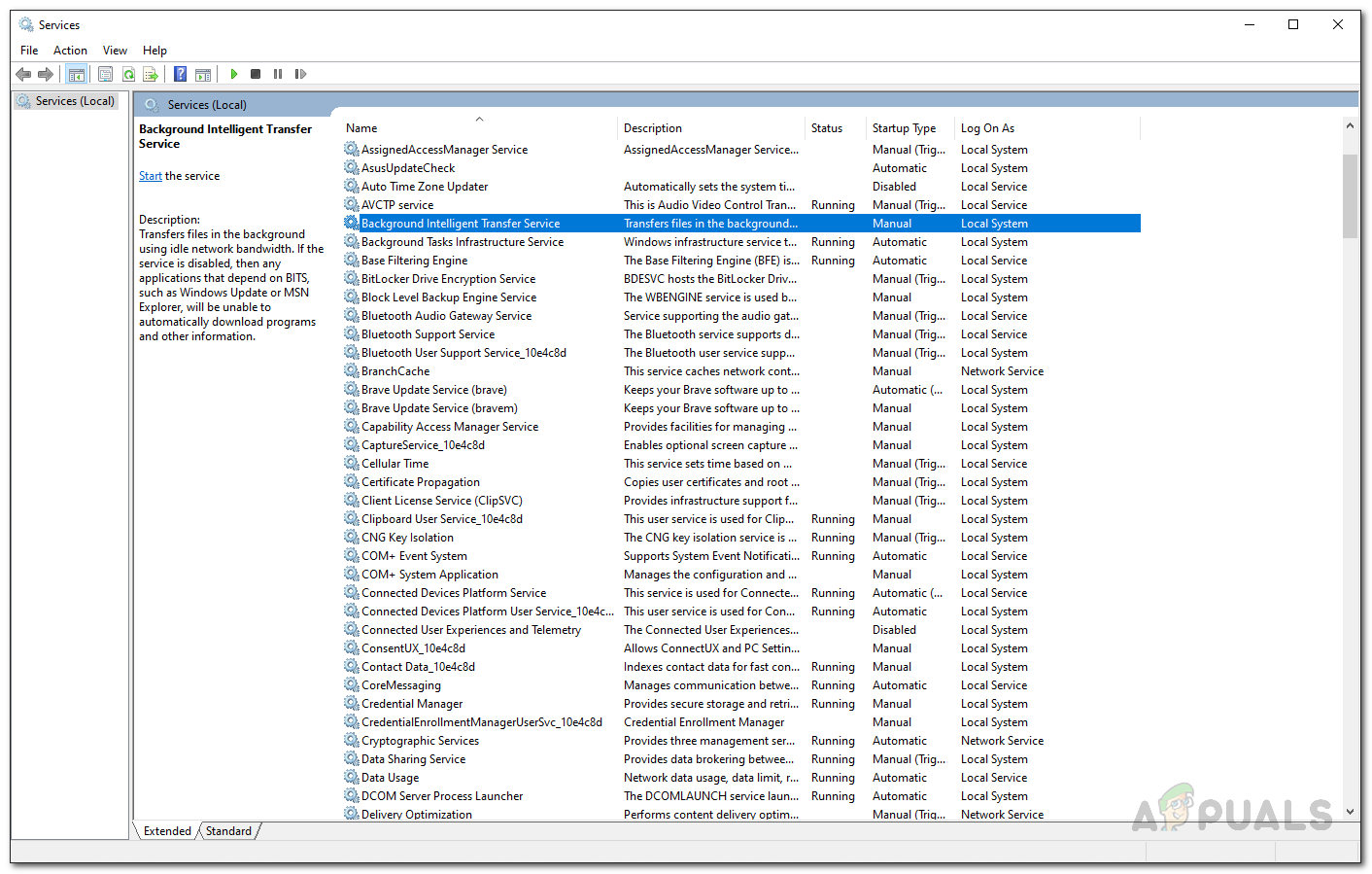
Finding Background Intelligent Transfer Service - Once you find them, right-click on the service and from the drop-down menu choose Start if they are not running already.
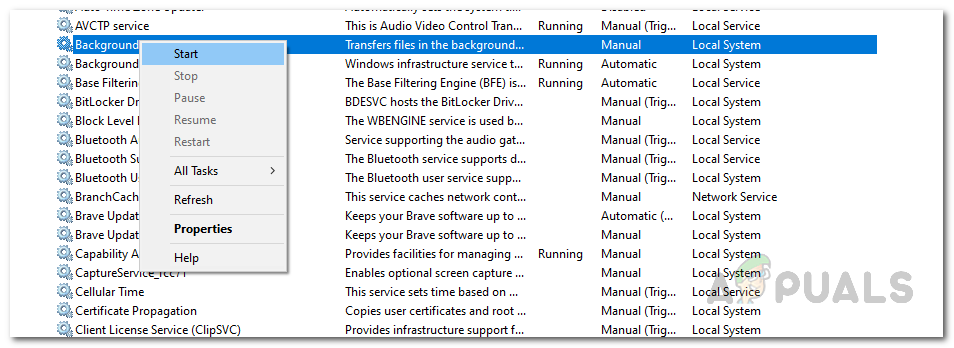
Starting the BIT Service - In case they are running, you will have to restart them. To do so, right-click on the service and choose Stop.

Stopping the BIT Service - After that, right-click on it again and click Start to start the service.
- Then, try updating your Windows again to see if it installs.
Disable Internet Explorer Feature
Some users have reportedly stated that the problem was being triggered by the Internet Explorer feature on their system when facing this issue. Even though Microsoft Edge has replaced Internet Explorer in Windows 10, the old browser still remains in the operating system as a feature. Therefore, you have the option to disable it on your system. To do this, follow the instructions given down below:
- First of all, open up the Start Menu and search for Control Panel. Open it up.
- On the Control Panel window, click on the Programs option.
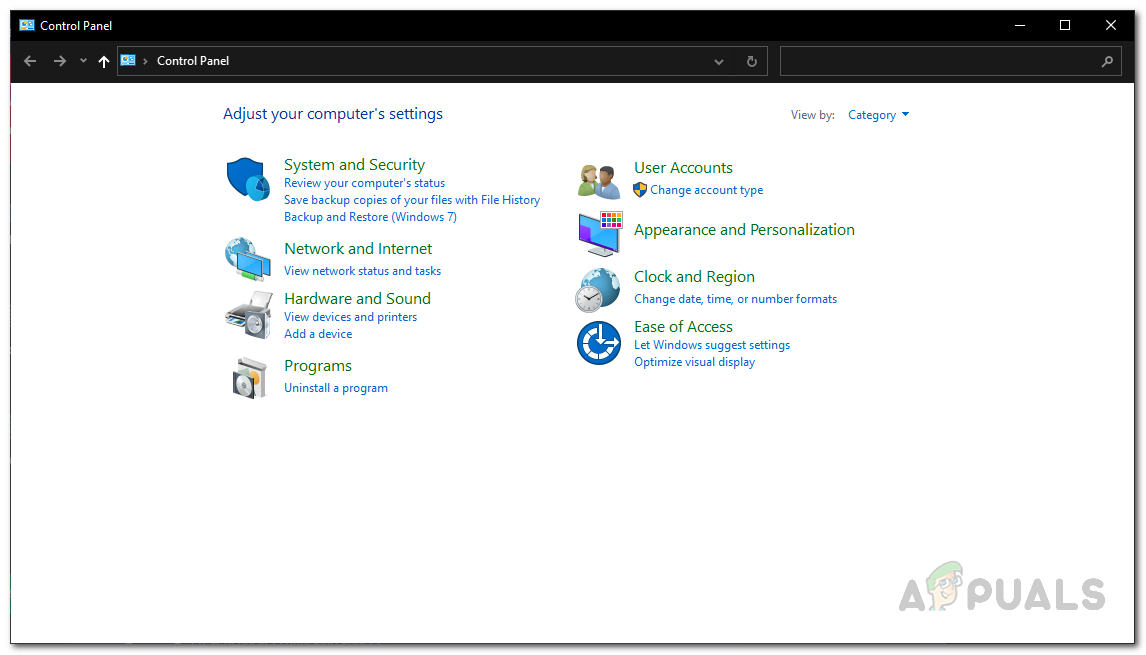
Control Panel - Then, on the Programs screen, click the Turn Windows features on or off option under Programs and Features.
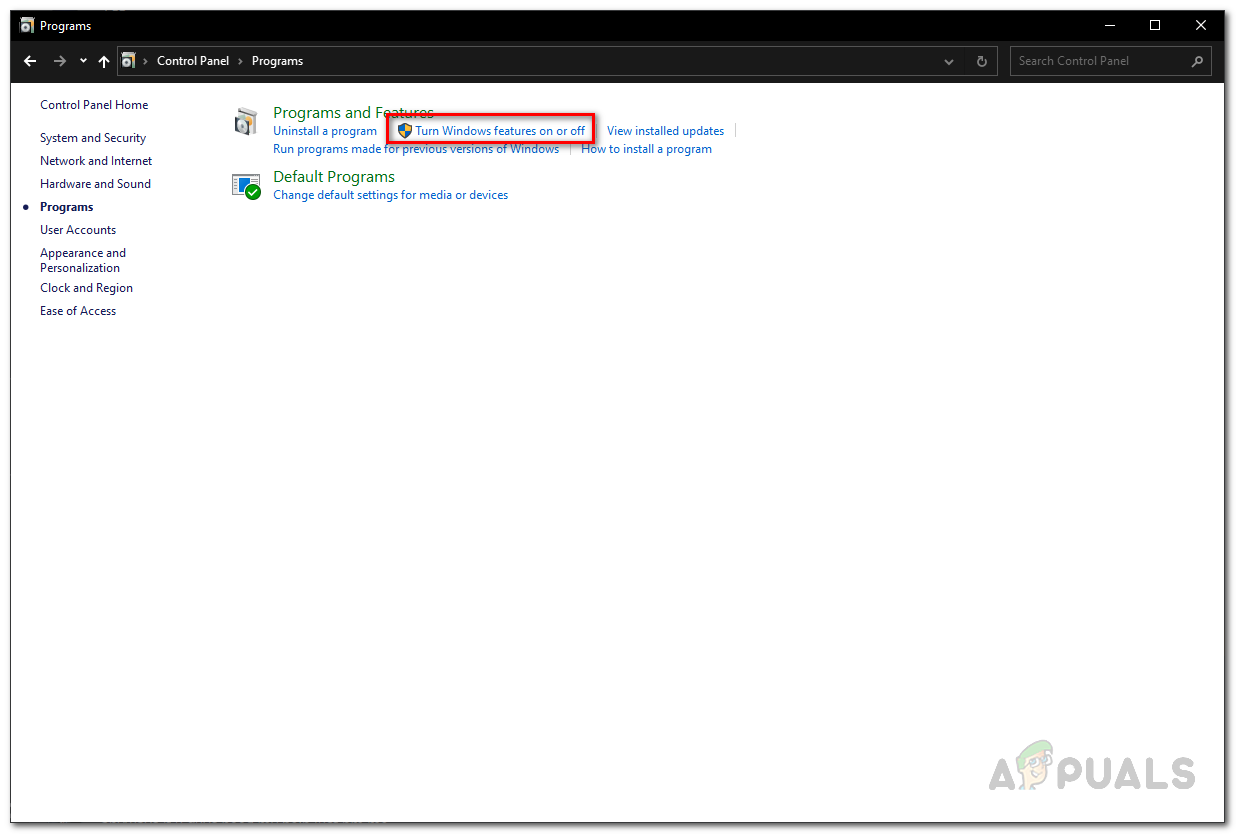
Opening up the Windows Features Window - This will open up the Windows Features window. From the list provided, uncheck the Internet Explorer option.
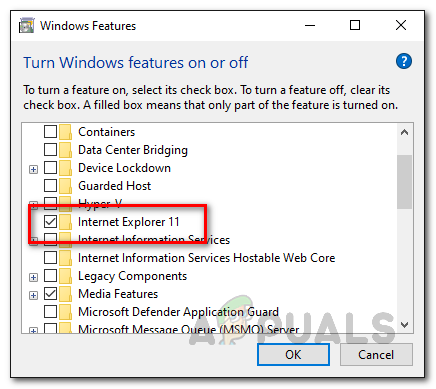
Disabling Internet Explorer Feature - On the follow up dialog box that is shown, click the Yes button.
- Once Internet Explorer has been uninstalled, you will be asked to restart your computer.
- After your PC boots up, try updating it again to see if that fixes the problem.
Reset Windows Update Components
As obvious from the name itself, the Windows update components are responsible for downloading the update, storing it on your system and then installing it. However, at times, these components can malfunction or one of the folders where the update is being downloaded temporarily can get damaged or corrupted due to which you can face issues while installing updates. In such a scenario, you will have to reset your Windows update components to make sure everything is working properly. Doing this can often fix several Windows update issues. To do this, follow the instructions given down below:
- First of all, you will have to open up an elevated command prompt. To do this, search for CMD in the Start Menu. On the result shown, right-click it and from the drop-down menu choose Run as administrator.

Running Command Prompt as an Admin - Once the command prompt window is open, you will have to type in the following commands one by one and enter them.
net stop wuauserv net stop cryptSvc net stop bits net stop msiserver Ren C:\Windows\SoftwareDistribution SoftwareDistribution.old Ren C:\Windows\System32\catroot2 Catroot2.old net start wuauserv net start cryptSvc net start bits net start msiserver
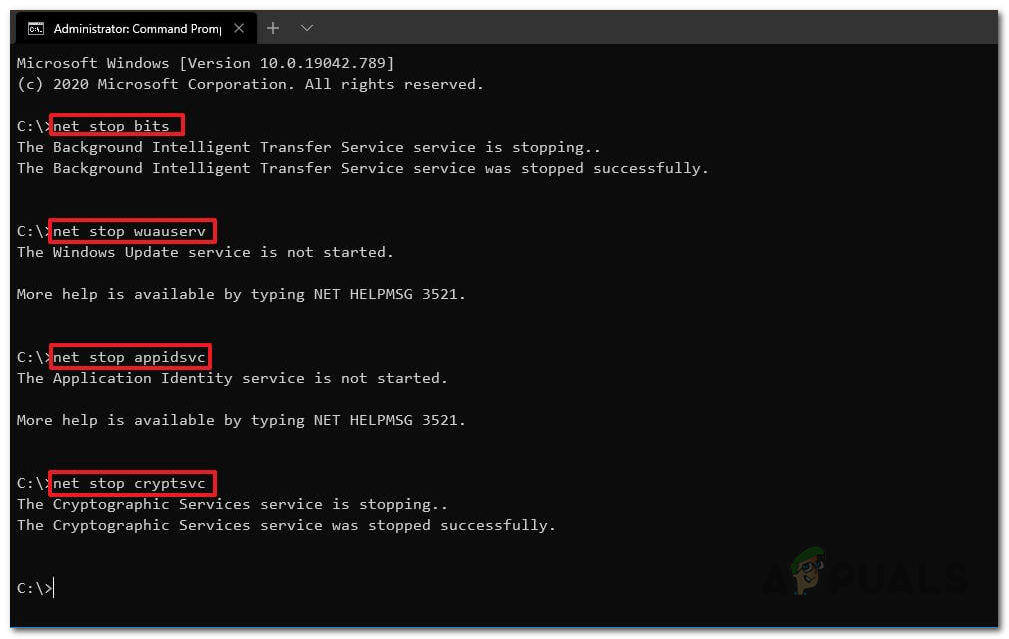
Resetting Windows Update Components - After entering all of these commands one by one successfully, open up the Windows update menu and try to update your Windows to see if the problem still appears.
Manually Install the Update
Another way of installing a specific update on your system would be to do so manually. As it turns out, there is a Microsoft Windows Update catalog where you can find all of the updates that are released and thus, you can download an update that is giving you an issue while trying to install it the normal way. Manually installing an update can often work when you are not able to do so via the Windows Settings app. To do this, follow the instructions given down below:
- First of all, on your browser window, go to the Microsoft Update Catalog by clicking here.
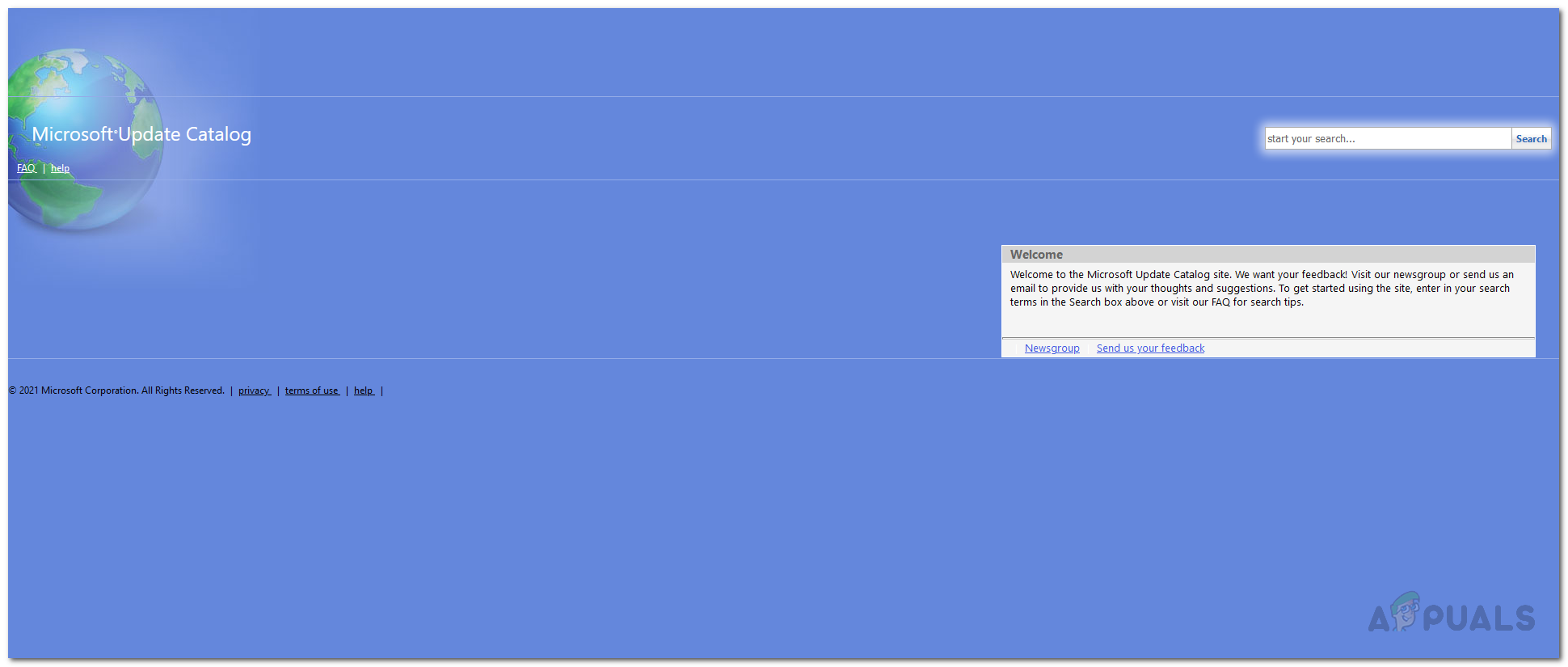
Microsoft Update Catalog - On the website, search for the KB5005033 update via the search bar provided on the right.
- Then, from the result shown, download the update for your respective PC by clicking the Download button.
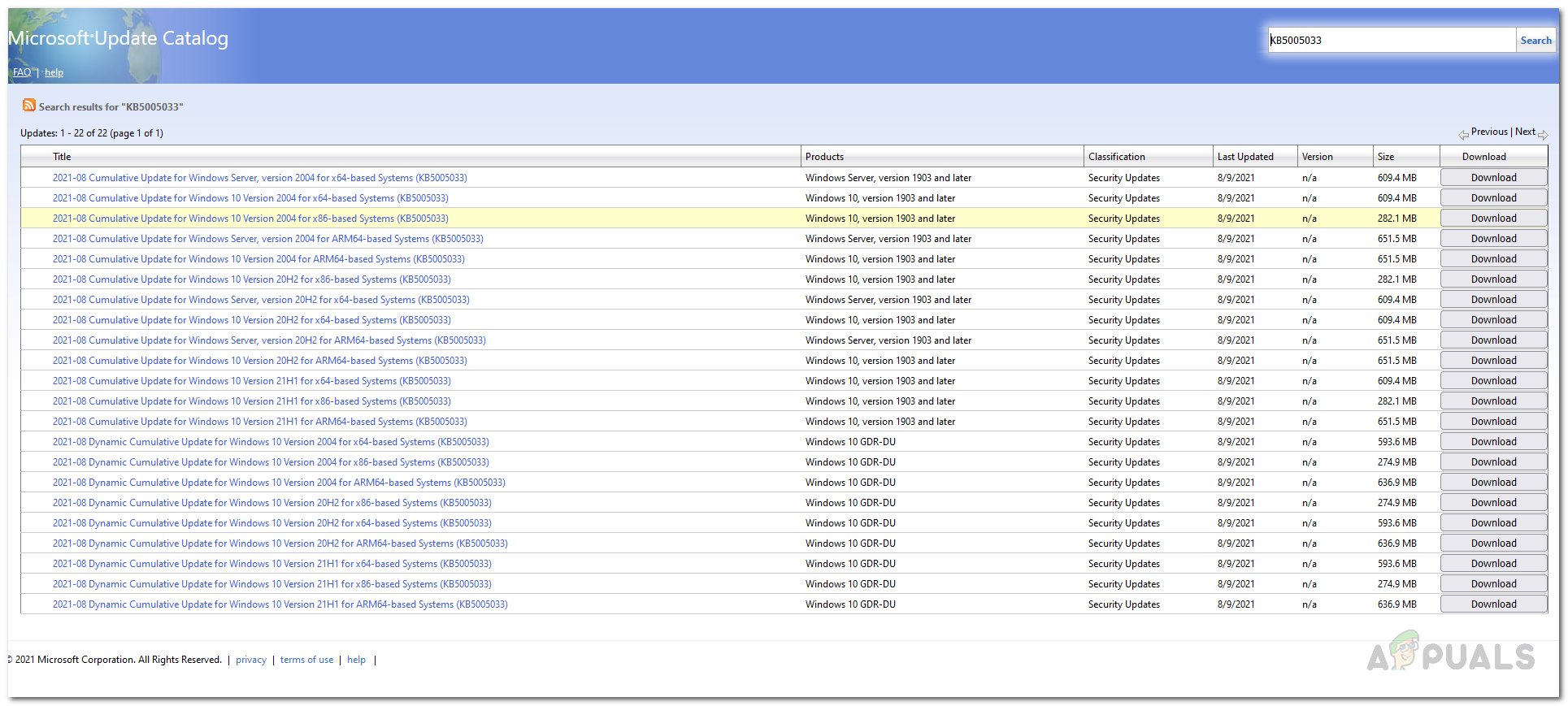
Downloading KB5005033 Update - Once the update has downloaded, run the installer and follow the on-screen prompts to finish the installation.
The post Problems in Installing KB5005033 Update? Try these fixes appeared first on Appuals.com.

0 Commentaires